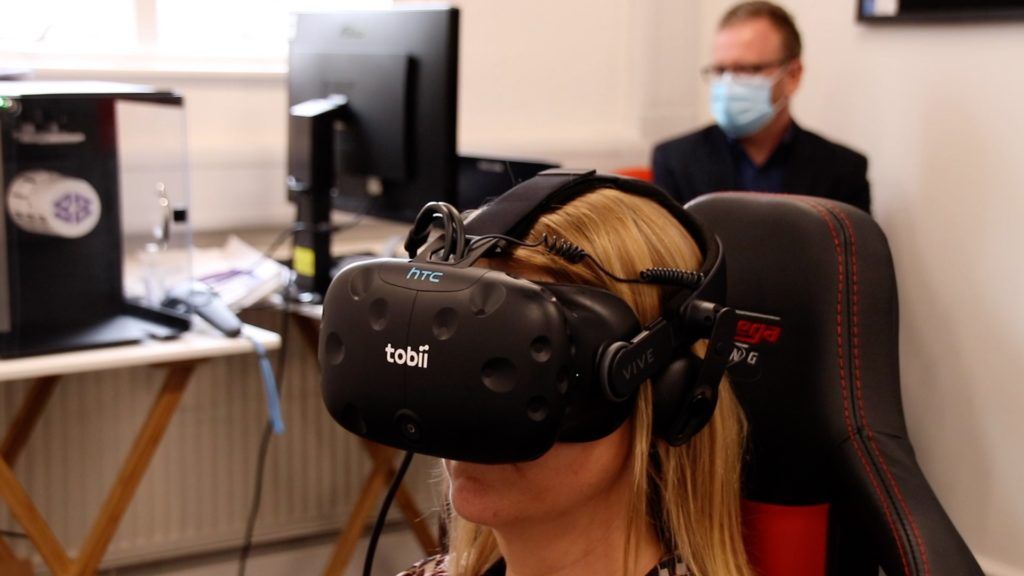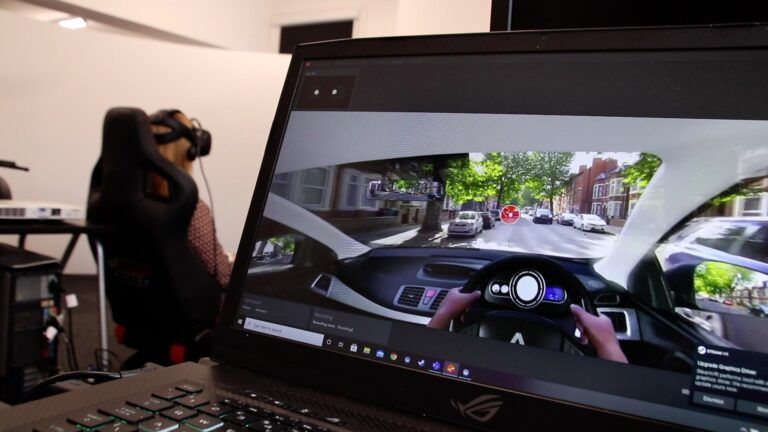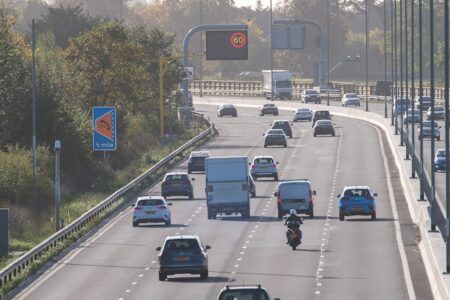A series of studies undertaken by Nottingham Trent University (NTU) has revealed that drivers prefer the use of virtual reality (VR) headsets for hazard perception tests, and that in some cases drivers using VR performed better than single screen test drivers at identifying hazards.
The six-part study, commissioned and funded by the RAC Foundation, the Road Safety Trust and the DVSA, involved more than 400 participants, with drivers reporting that the VR experience was more engaging, immersive and realistic than a single monitor test on average. The participants also preferred real video of roads to a CGI simulation, rating them higher for clarity and visual complexity on average
David Crundall, lead researcher and professor of Psychology at NTU’s School of Social Sciences, said, “VR offers great opportunities for driver assessment and training beyond formal licensing procedures. Using these headsets allows us to diversify the range of hazards presented and can be particularly useful for drivers who need practice at spotting hazards in the most realistic environments without being put in danger, such as the emergency services. This is an opportunity to make drivers safer by teaching them the fundamentals of hazard awareness using innovative techniques and methods that go beyond the traditional UK test.”
 Using a ‘what happens next?’ method of hazard identification, the studies explored how both new and experienced drivers reacted when using a VR headset. The 360-degree view of potential hazards gave participants the opportunity to look all around them, such as into side roads as they pass, or to check side mirrors and blind spots for other road users.
Using a ‘what happens next?’ method of hazard identification, the studies explored how both new and experienced drivers reacted when using a VR headset. The 360-degree view of potential hazards gave participants the opportunity to look all around them, such as into side roads as they pass, or to check side mirrors and blind spots for other road users.
The research team also analyzed the levels of cybersickness among participants, finding levels very low with only 4% of participants removed from studies due to sickness, despite the screen regularly cutting to black between hazards, which can prompt nausea.
Steve Gooding, director of the RAC Foundation, added, “With the proliferation of new technologies it is vitally important to understand how their use can support safer road use. Given VR headsets are now commonly used in schools by practitioners seeking to improve road safety, we were keen to understand, through this work commissioned with NTU, how known effective hazard perception training approaches translate into a VR environment.”
The software used in the tests has now been developed through spin-out company Esitu Solutions and can be tailored for organizations requiring driver training which is bespoke to their vehicles and routes. Drivers can also try the tests and take part in further research by downloading the app on Oculus Go.
The full report is available here: RAC Foundation.
In this video NTU’s David Crundall looks at how VR can increase safety on the roads:





